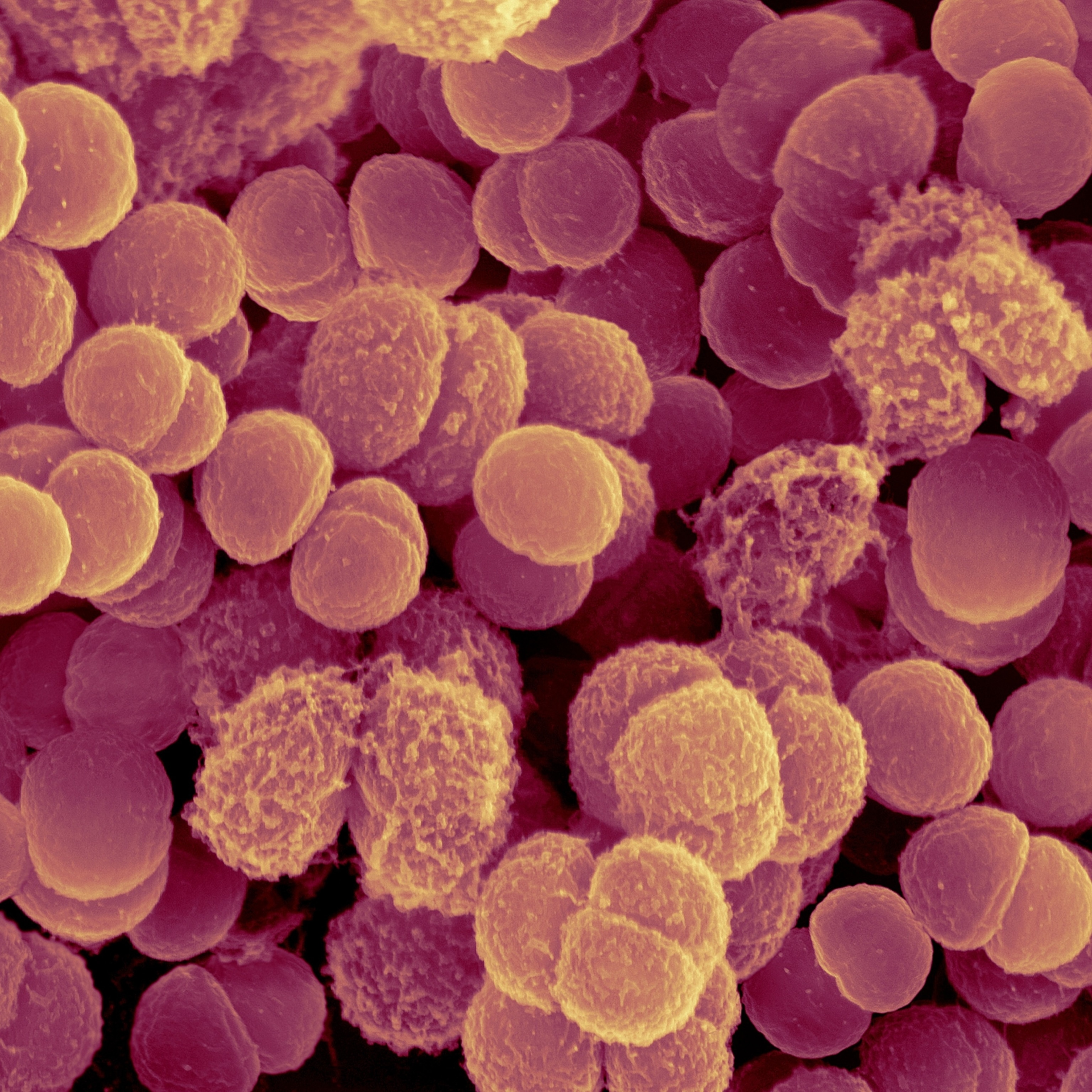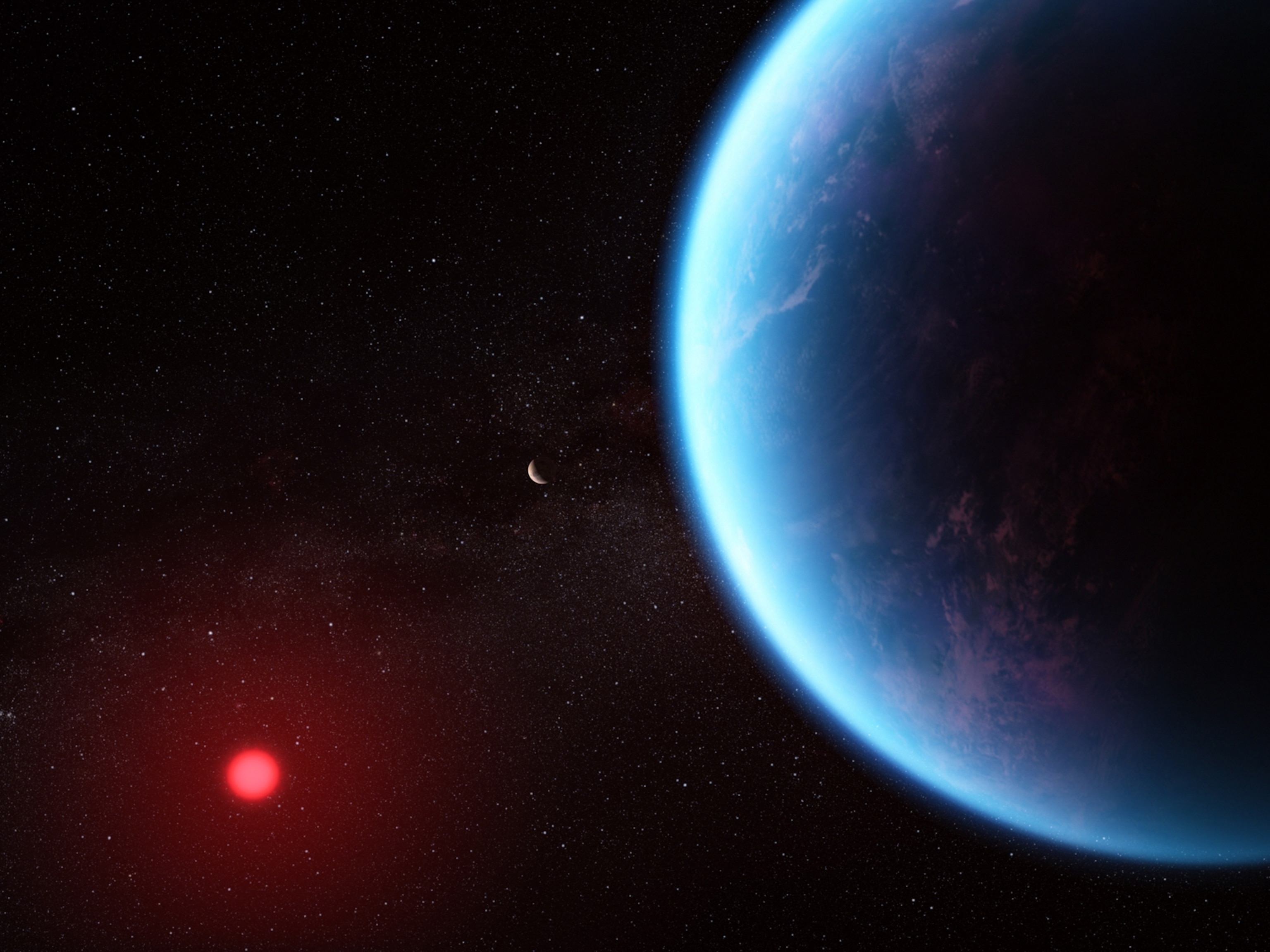Astronomers recently found a tantalizing hint that life could be wafting through the clouds shrouding Venus. But it seems the hunt for extraterrestrial life is far from over, as new research is already calling that discovery into question.
The detection of phosphine gas in Venus’s atmosphere, announced last month, ignited a firestorm of speculation about whether the gas could be produced by alien microbes on the planet, where NASA is currently considering sending a spacecraft. However, three independent studies now have failed to find evidence of phosphine in the Venusian atmosphere.
One of the groups used archival observations to search for signs of the gas in the planet’s clouds, and didn’t find it.
“They’re saying they don’t see the phosphine. That’s really problematic,” says Conor Nixon, a planetary scientist at NASA’s Goddard Space Flight Center who did not participate in the analysis. The study has been peer-reviewed and accepted for publication in Astronomy & Astrophysics.
Two other groups reprocessed the discovery team’s original data and also couldn’t find evidence for phosphine.
But detecting a faint signal from a specific molecule on another planet is a complex process, and the original study authors are not surprised that other scientists are taking a closer look at their work.
“This is normal. This is what science looks like. If this was data that you could have just looked at with the naked eye and seen phosphine, it would have been discovered a long time ago,” says Clara Sousa-Silva of the Harvard-Smithsonian Center for Astrophysics, one of the authors. “I’m so relieved that people are finally looking at this data and it’s not just us.”
A startling discovery
The initial detection, published in the journal Nature Astronomy in September, found that more than a thousand times the amount of phosphine gas in Earth’s atmosphere is floating through the thick, sulfuric clouds of Venus. On rocky worlds like Venus and Earth, conditions aren’t thought to be extreme enough to make phosphine molecules in the absence of life. Either some kind of metabolism or an unknown chemical process would be required to explain the high amounts of phosphine gas in the Venusian atmosphere. (On Earth, various microbes make phosphine. Humans make it too, in meth labs and as part of the semiconductor industry.)
The team identified phosphine using two instruments that observe radio waves. First, in 2017, Cardiff University’s Jane Greaves and colleagues found what could be phosphine with the James Clerk Maxwell Telescope (JCMT) in Hawaii. But that observation needed confirmation, and in 2019, the team turned to a more powerful instrument: the Atacama Large Millimeter/submillimeter Array (ALMA), a network of 66 radio dishes in the Chilean high desert.
In the ALMA data, the team found a faint signal at the frequency where phosphine molecules in the Venusian atmosphere would absorb energy, known as a spectral line. If phosphine really is on Venus in the large quantities seen, the team argued, its presence would be tough to explain if it were not biologically produced. (A new reanalysis of data from the Pioneer-Venus probe, which visited Venus in the late 1970s, tentatively supports the presence of phosphine, although it cannot confirm it.)
Yet some scientists were dubious. At the time, ALMA Observatory scientist John Carpenter questioned the way the scientists on the original team analyzed the data, suggesting that their procedure may have generated spurious signals.
Additionally, astronomers generally look for multiple spectral lines produced by the same molecule to confirm its presence—observations the team didn’t have.
“Is the spectral line really there, and is it significant?” Nixon wonders. “If there is a line, is it phosphine? And if it is, is it life?”
Double checking with another telescope
At the time of the announcement, the team was still seeking confirmation of the detection in the form of spectral lines that could be observed with infrared telescopes—observations that were delayed by the ongoing pandemic. Now, a different team, including Greaves and Sousa-Silva of the original detection team, has taken a look at Venus using archival data from a different telescope, NASA’s Infrared Telescope Facility in Hawaii.
Those observations, from 2015, do not indicate a strong signal from phosphine. Led by the Paris Observatory’s Therese Encrenaz, the study authors conclude that the data put an upper limit on the level of phosphine possible in the Venusian atmosphere that is one-fourth the originally detected amount. The observations also suggest that any phosphine would need to be at altitudes above the planet’s clouds, which astronomers think would be unlikely because the gas would quickly break down.
Sousa-Silva points to several possible explanations for the lack of phosphine in the infrared observations. Phosphine quantities may vary over time, or the infrared observations might not have probed the clouds deeply enough to detect the gas at the reported levels. Even now, the team doesn’t necessarily agree on what altitude the infrared observations measure.
“I believe Encrenaz’s work, and so there’s no phosphine—there,” Sousa-Silva says. “It’s just, where is this there? What is the altitude that we’re looking at? And does this mean that we're probing deep enough, and there's no phosphine because it was never there? Does it mean there’s no phosphine because it’s variable? Or does it mean we didn't probe as deep as we thought?”
Another look at the data
While Encrenaz and members of the discovery team sorted through the IRTF data, two other teams reprocessed the original data used to make the detection. Neither of the new, independent analyses of that data could find reliable traces of the gas.
The first group, comprising more than two dozen researchers, failed to find evidence for phosphine in both the JCMT and ALMA data. JCMT did detect a spectral line at the right frequency, but the team suggests it can be explained by sulfur dioxide gas in the atmosphere of Venus, which happens to generate a spectral line in the same place.
“It’s a well-known gas on Venus,” Nixon says. “Not at all controversial.”
The data from ALMA, which produces extremely high-resolution observations, was more complicated to analyze. Bright, nearby objects such as Venus can cause problems for ultra-sensitive telescope arrays like ALMA. To pull a signal from the Venus observations, astronomers had to remove radio noise produced by Earth’s atmosphere, Venus itself, and even equipment at the observatory.
“This is a very tricky data reduction,” says Bryan Butler of the National Radio Astronomy Observatory, who studies solar system objects using ALMA and worked on the new analysis. “Venus is a very bright object, it’s large, and even their detection of the line, were it real, is still a faint line.”
To make matters more complicated, the ALMA observatory recently identified an error in its calibration system that produced a spectrum of Venus with a lot of noise for Greaves and her colleagues to work with. “This data is messy, and noisy, and delicate,” Sousa-Silva says. (ALMA has removed the original Venus data from the archive and is reprocessing it now.)
Using a technique called polynomial fitting, the original discovery team looked for phosphine’s spectral line by mathematically removing background noise around the region in the spectrum where phosphine should be. In principle, this type of analysis allows astronomers to predict which parts of the observations are noise and which are real signals. Once the team smoothed out the spectrum to remove excess noise, astronomers concluded that the phosphine signal was significant enough to call it a detection.
But other astronomers are skeptical of the team’s data processing. To pull the phosphine signal out of a messy data set, the team subtracted the background noise using a high-order polynomial, which means more variables were used to model the data than is typical. In addition, the team modeled the background noise by looking at portions of the spectrum outside the area where they expected to find a signal from phosphine—a method that normally prevents unknown noise from obscuring a possible signal. However, combining a high-order polynomial with a noisy data set makes it possible to artificially create a false signal where phosphine would be.
“You can always improve the fit to a dataset by adding more variables, but you need to define a metric that tells you when to stop," says Meredith MacGregor, an astronomer at the University of Colorado, Boulder. "At some point, you end up fitting noise and inflating signals that aren't real.”
Butler downloaded the ALMA data and started from scratch, redid some of the initial calibrations, and then processed the data as he normally would. He didn’t find any evidence of phosphine in the planet’s spectrum.
“I just used what, in my experience, is best practices for reducing this kind of data,” Butler says. “If you don’t do it the way they do it, you don’t get this feature [of phosphine].” Additionally, when his colleagues treated the data using the same methods as the original discovery team, they found that the polynomial fitting could produce false spectral lines.
Another analysis of the ALMA data, led by Leiden Observatory’s Ignas Snellen and colleagues, also failed to find any sign of phosphine. Similarly, that team reported that high-order polynomial fitting could create multiple spurious spectral lines.
“They’ve shown that this fitting process can be really problematic,” Nixon says. “It’s very temperamental and it can produce features as easily as it can remove them. In the end, you’re not really sure what you’re looking at anymore.”
Greaves and her team have declined to comment on the new analyses of the ALMA observations until the observatory has had a chance to reprocess the data.
An ongoing search
These attempts to confirm the phosphine discovery are exactly how science is supposed to work, many of the astronomers say. Independent replication is not as common as it should be, although it is a key part of verifying discoveries. A final determination regarding the presence of phosphine on Venus will have to wait for the new analyses to be peer-reviewed and published—and then scrutinized themselves—and perhaps for additional observations of the planet.
“We need follow-up observations so we’re not relying on a few, very noisy data sets,” Sousa-Silva says. “The lesson is to push for more analyses and more data.”
With time, the researchers are confident they will get to the bottom of the phosphine mystery. “I think science is self-correcting, and ideally, in this day and age, with the internet and so on, we don’t take years to self-correct things,” Nixon says.
Extraordinary claims require extraordinary evidence. “If this result is wrong,” Butler says, “it wouldn’t be the first.”
Related Topics
You May Also Like
Go Further
Animals
- Octopuses have a lot of secrets. Can you guess 8 of them?
- Animals
- Feature
Octopuses have a lot of secrets. Can you guess 8 of them? - This biologist and her rescue dog help protect bears in the AndesThis biologist and her rescue dog help protect bears in the Andes
- An octopus invited this writer into her tank—and her secret worldAn octopus invited this writer into her tank—and her secret world
- Peace-loving bonobos are more aggressive than we thoughtPeace-loving bonobos are more aggressive than we thought
Environment
- Listen to 30 years of climate change transformed into haunting musicListen to 30 years of climate change transformed into haunting music
- This ancient society tried to stop El Niño—with child sacrificeThis ancient society tried to stop El Niño—with child sacrifice
- U.S. plans to clean its drinking water. What does that mean?U.S. plans to clean its drinking water. What does that mean?
- Food systems: supporting the triangle of food security, Video Story
- Paid Content
Food systems: supporting the triangle of food security - Will we ever solve the mystery of the Mima mounds?Will we ever solve the mystery of the Mima mounds?
History & Culture
- Strange clues in a Maya temple reveal a fiery political dramaStrange clues in a Maya temple reveal a fiery political drama
- How technology is revealing secrets in these ancient scrollsHow technology is revealing secrets in these ancient scrolls
- Pilgrimages aren’t just spiritual anymore. They’re a workout.Pilgrimages aren’t just spiritual anymore. They’re a workout.
- This ancient society tried to stop El Niño—with child sacrificeThis ancient society tried to stop El Niño—with child sacrifice
- This ancient cure was just revived in a lab. Does it work?This ancient cure was just revived in a lab. Does it work?
Science
- The unexpected health benefits of Ozempic and MounjaroThe unexpected health benefits of Ozempic and Mounjaro
- Do you have an inner monologue? Here’s what it reveals about you.Do you have an inner monologue? Here’s what it reveals about you.
- Jupiter’s volcanic moon Io has been erupting for billions of yearsJupiter’s volcanic moon Io has been erupting for billions of years
- This 80-foot-long sea monster was the killer whale of its timeThis 80-foot-long sea monster was the killer whale of its time
Travel
- This town is the Alps' first European Capital of CultureThis town is the Alps' first European Capital of Culture
- This royal city lies in the shadow of Kuala LumpurThis royal city lies in the shadow of Kuala Lumpur
- This author tells the story of crypto-trading Mongolian nomadsThis author tells the story of crypto-trading Mongolian nomads








